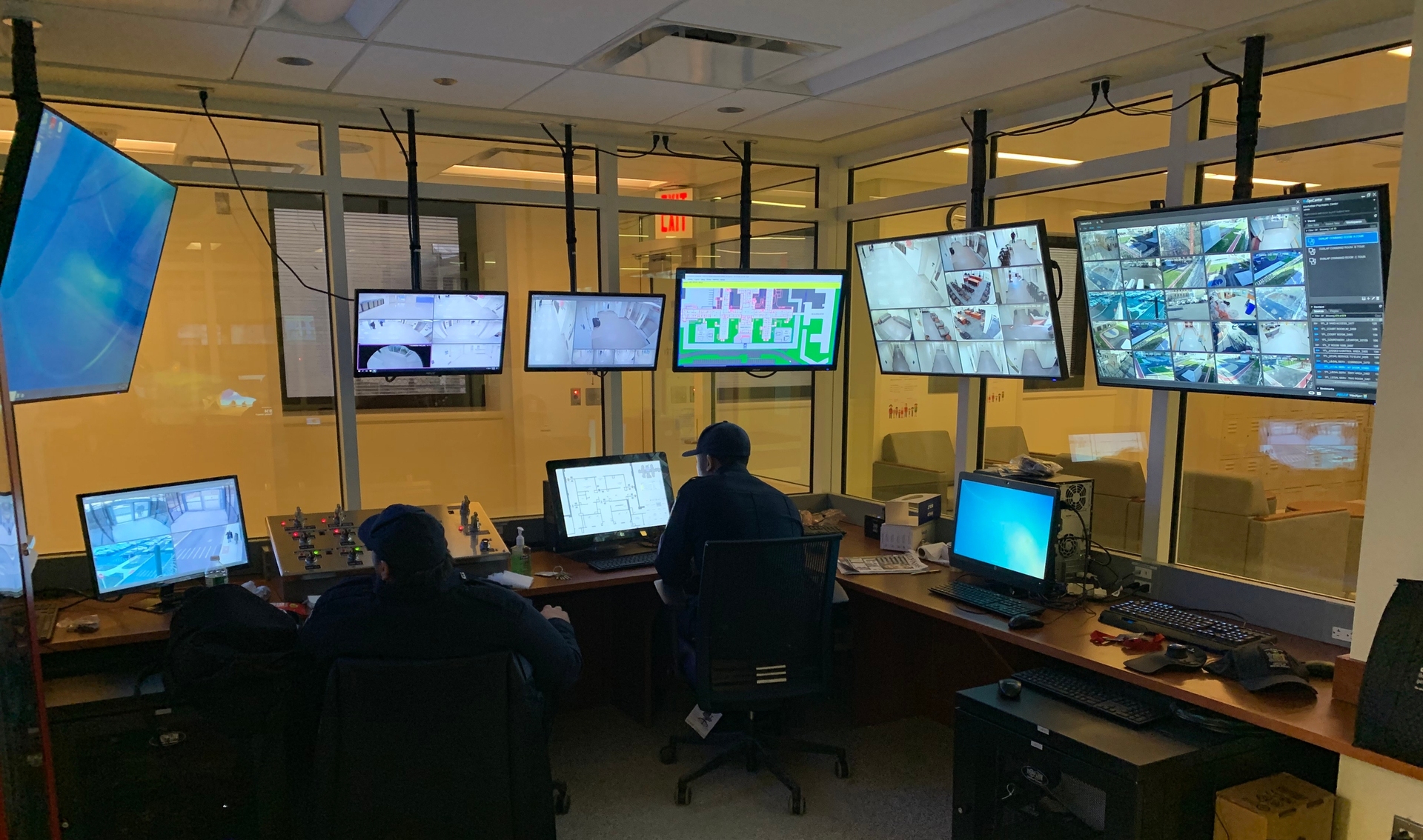Enhancing Substation Security - Prioritizing and Implementing Best Practices
Posted April 23, 2024
At the core of every community lies the responsibility of electric utilities: to provide a safe, reliable, and secure power supply. Industry collaboration is fostered by utilities sharing best practices related to critical, long lead equipment, aiming to enhance overall performance and reliability. The evaluation of security measures involves a dual focus, incorporating functional assessments to mitigate vulnerabilities and maintaining compliance with regulatory requirements. This intricate approach guarantees the continuity of dependable service while safeguarding against potential risks.
Over the last decade, heightened attention and substantial investments have been directed toward enhancing physical security, prompted by unfolding events. The noteworthy shift in physical security practices following the 2013 Metcalf event, which involved a sniper attack on a substation, resulted in a significant change in physical security practices. These concerning events and tensions worldwide require a continuous commitment to security assessments and improvements. The need to understand a utility's vulnerabilities and how an adversary may exploit those vulnerabilities has never been greater.
Historically, the physical security of utilities resembled that of a shopping center, where utility substation cameras were monitored by minimally trained personnel. Even for the most critical high voltage substations, now classified as NERC CIP-014 substations, security relied on staff using limited cameras viewed on small monitors. Security measures we consider essential today, such as video analytics, response training, and enhanced security policies, were non-existent.

Following the Metcalf event, there has been a significant transformation in physical security and monitoring. Utilities have made substantial improvements and have transitioned to a comprehensive set of tools to mitigate security risks and vulnerabilities on the power grid. State-of-the-art security control centers with highly trained staff now monitor hundreds of hardened high-voltage substations. Close monitoring involves utilizing high-tech cameras, prioritized alarms, and large video walls with multiple monitors, all routinely tested on simulated site and substation attacks.
Nonetheless, the advancement in utility physical security practices has yet to be consistent across the industry. Varying degrees of maturity, diversity of critical customers, and different funding processes contribute to inconsistencies. Utility physical security is a dynamic process, and prioritizing security requirements requires a well-thought-out approach. Critical assessments, impact analysis, and resource constraints guide utilities in allocating limited funds to prioritize this crucial aspect of their operations.